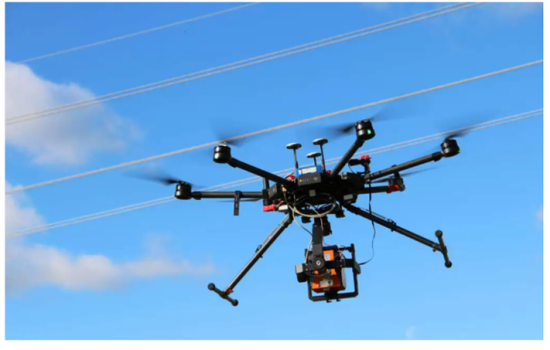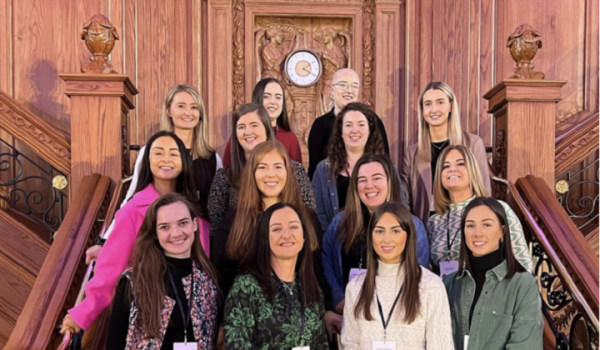Drones help detect and prevent ever-increasing forest fires
- Technology Solutions
- 0 Replies
Finland is among the world leaders in drone research. Researchers’ next goal is to develop the technology and test how a swarm of coordinating drones equipped with AI can detect and prevent forest fires.
How can a forest fire be detected early enough? How can up-to-date information on the progress of the fire and a forecast of how it will spread in the next hour be obtained? Geospatial data is crucial in preventing, monitoring and extinguishing forest fires. Information on current forest fires is already available using satellites, but there are no efficient methods to quickly detect small and recently started forest fires and monitor the fire in real time. The FireMan consortium formed by the Finnish Geospatial Research Institute (FGI) of the National Land Survey of Finland (NLS), the University of Jyväskylä, the University of Oulu and the researchers from VTT Technical Research Centre of Finland is taking up the challenge. The project will run from 2022 to 2024, funded by the Academy of Finland.
“We’re developing a new AI-based drone technology to quickly detect forest fires and provide situational awareness when extinguishing the fires,” says Professor Eija Honkavaara from NLS, who is leading the project.
There is a global demand for innovative solutions for preventing forest fires. According to statistics, more than 400,000 hectares of forest burned down in 2019, which was the worst year for forest fires in Europe. This grim record was broken last year: by the end of October, half a million hectares of forest had already burned down in Europe. Forest fires are expected to increase due to global warming. So forest fire control is also of interest in Finland – 75 per cent of our land area is forest.
Communication must work even in remote areas
In the FireMan project, universities and research centres are developing solutions for forest fire control and simultaneously conducting scientific research in autonomous flying, digital modelling and communication.
Continue reading: https://www.suasnews.com/2022/03/drones-help-detect-and-prevent-ever-increasing-forest-fires/
How can a forest fire be detected early enough? How can up-to-date information on the progress of the fire and a forecast of how it will spread in the next hour be obtained? Geospatial data is crucial in preventing, monitoring and extinguishing forest fires. Information on current forest fires is already available using satellites, but there are no efficient methods to quickly detect small and recently started forest fires and monitor the fire in real time. The FireMan consortium formed by the Finnish Geospatial Research Institute (FGI) of the National Land Survey of Finland (NLS), the University of Jyväskylä, the University of Oulu and the researchers from VTT Technical Research Centre of Finland is taking up the challenge. The project will run from 2022 to 2024, funded by the Academy of Finland.
“We’re developing a new AI-based drone technology to quickly detect forest fires and provide situational awareness when extinguishing the fires,” says Professor Eija Honkavaara from NLS, who is leading the project.
There is a global demand for innovative solutions for preventing forest fires. According to statistics, more than 400,000 hectares of forest burned down in 2019, which was the worst year for forest fires in Europe. This grim record was broken last year: by the end of October, half a million hectares of forest had already burned down in Europe. Forest fires are expected to increase due to global warming. So forest fire control is also of interest in Finland – 75 per cent of our land area is forest.
Communication must work even in remote areas
In the FireMan project, universities and research centres are developing solutions for forest fire control and simultaneously conducting scientific research in autonomous flying, digital modelling and communication.
Continue reading: https://www.suasnews.com/2022/03/drones-help-detect-and-prevent-ever-increasing-forest-fires/
























